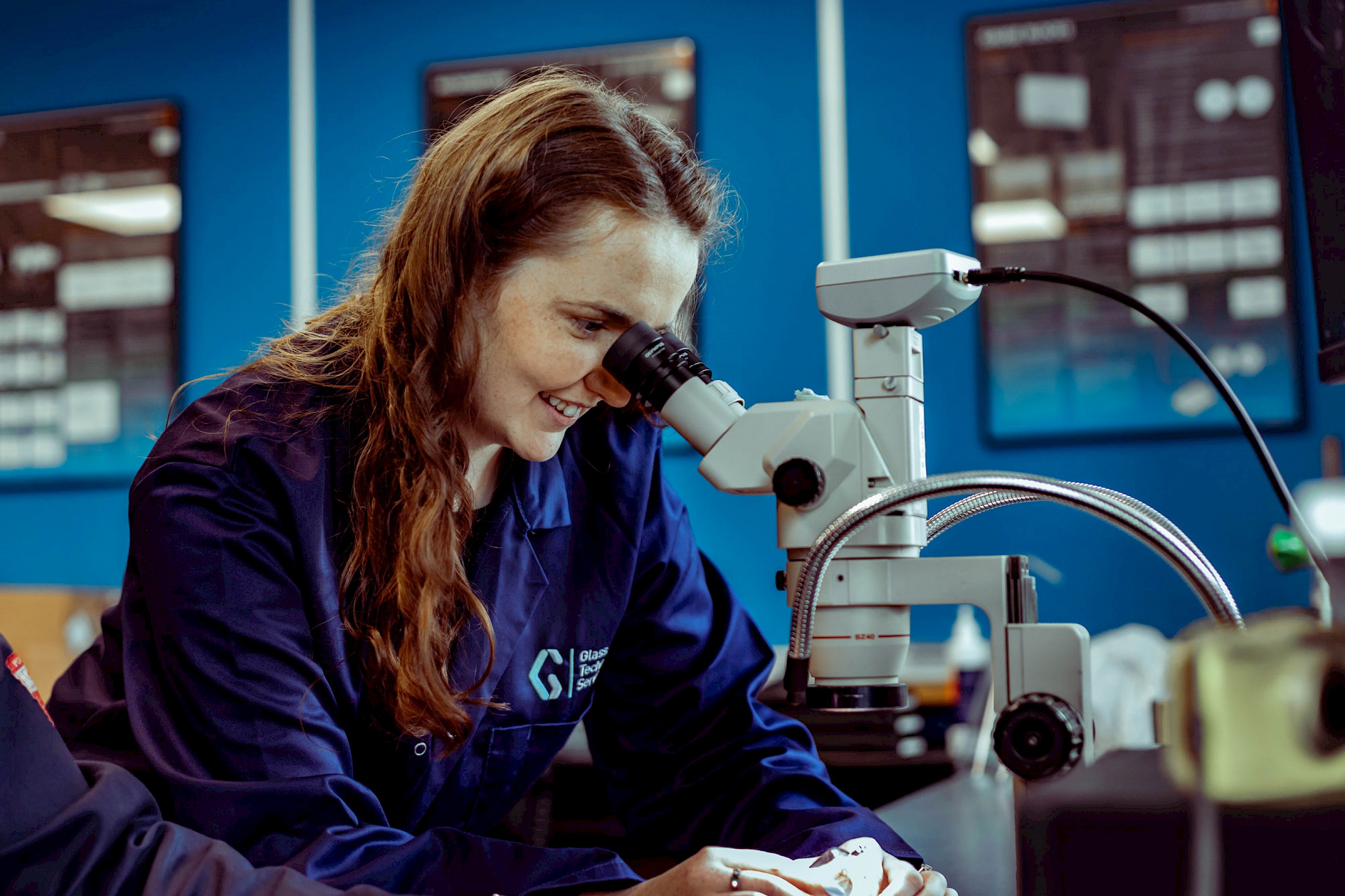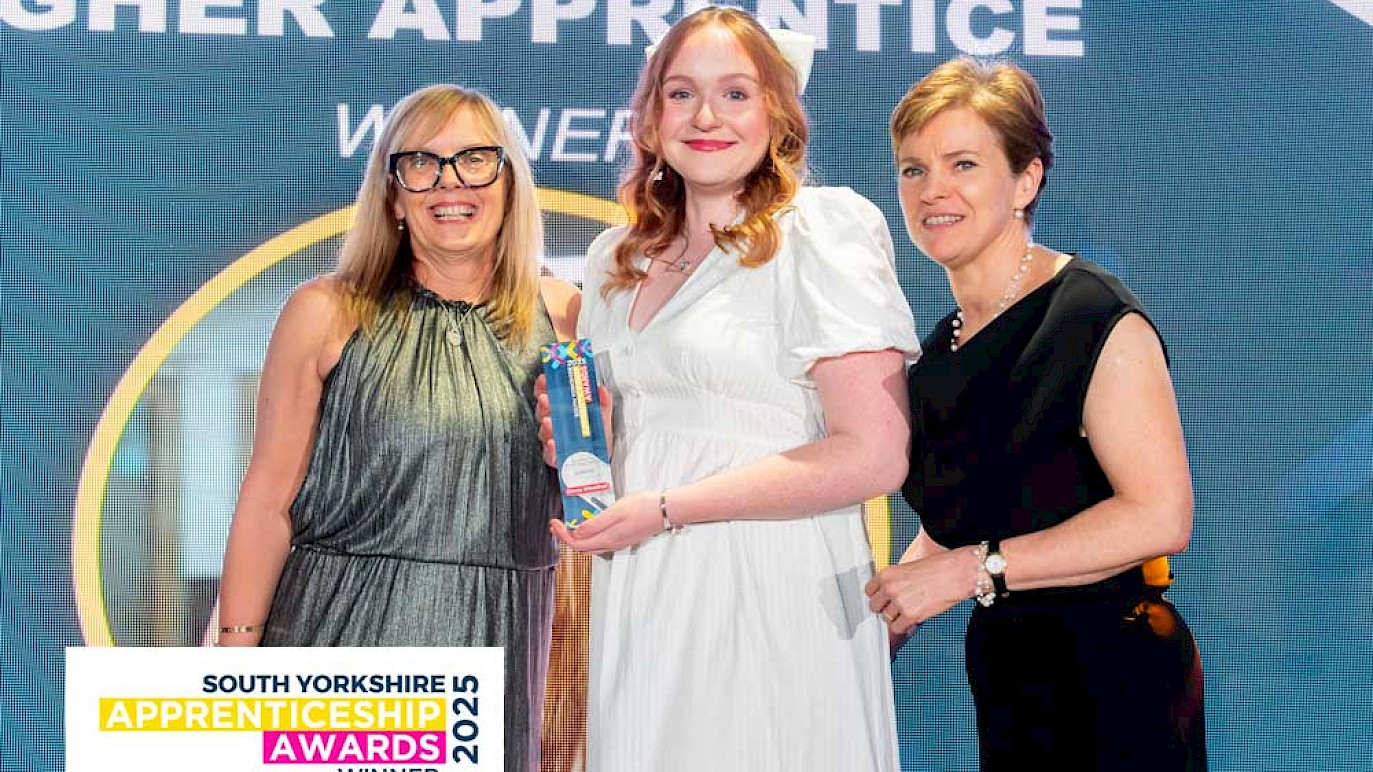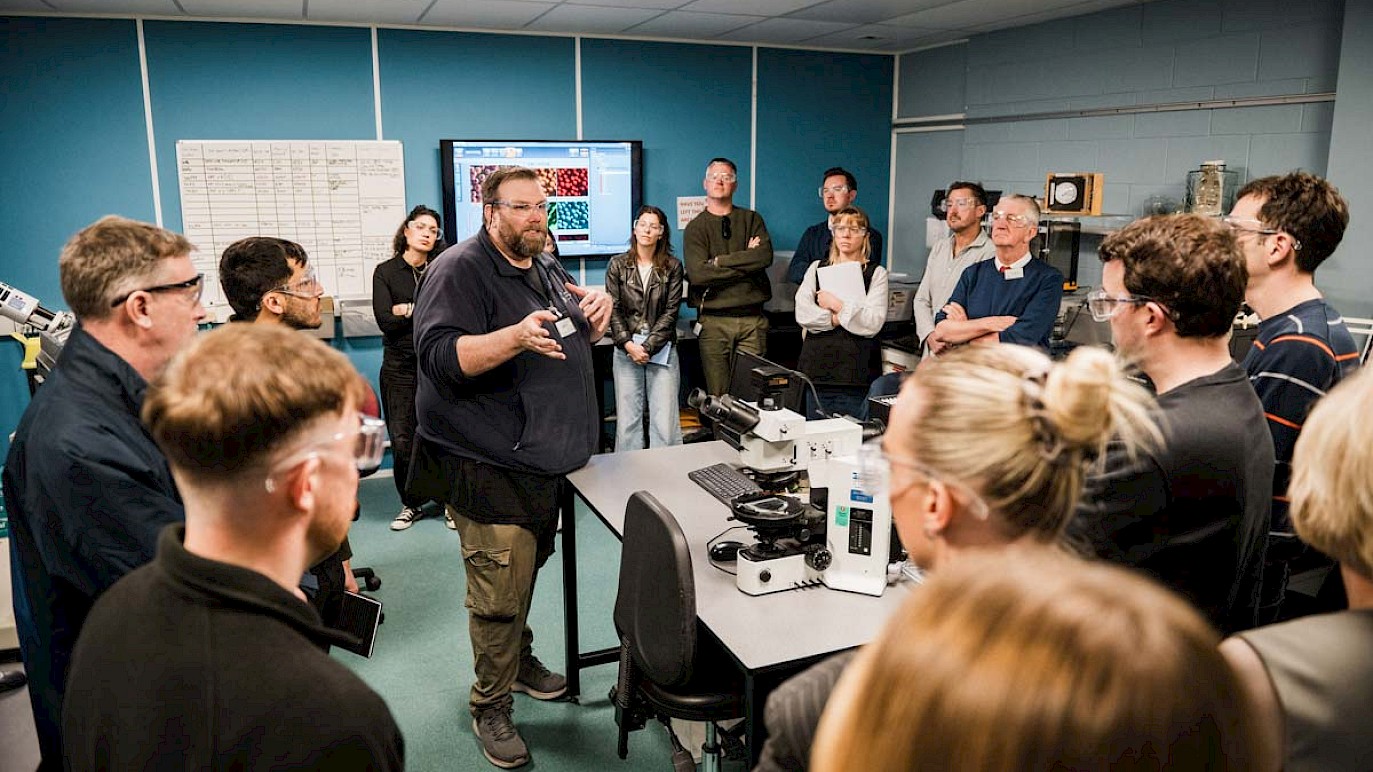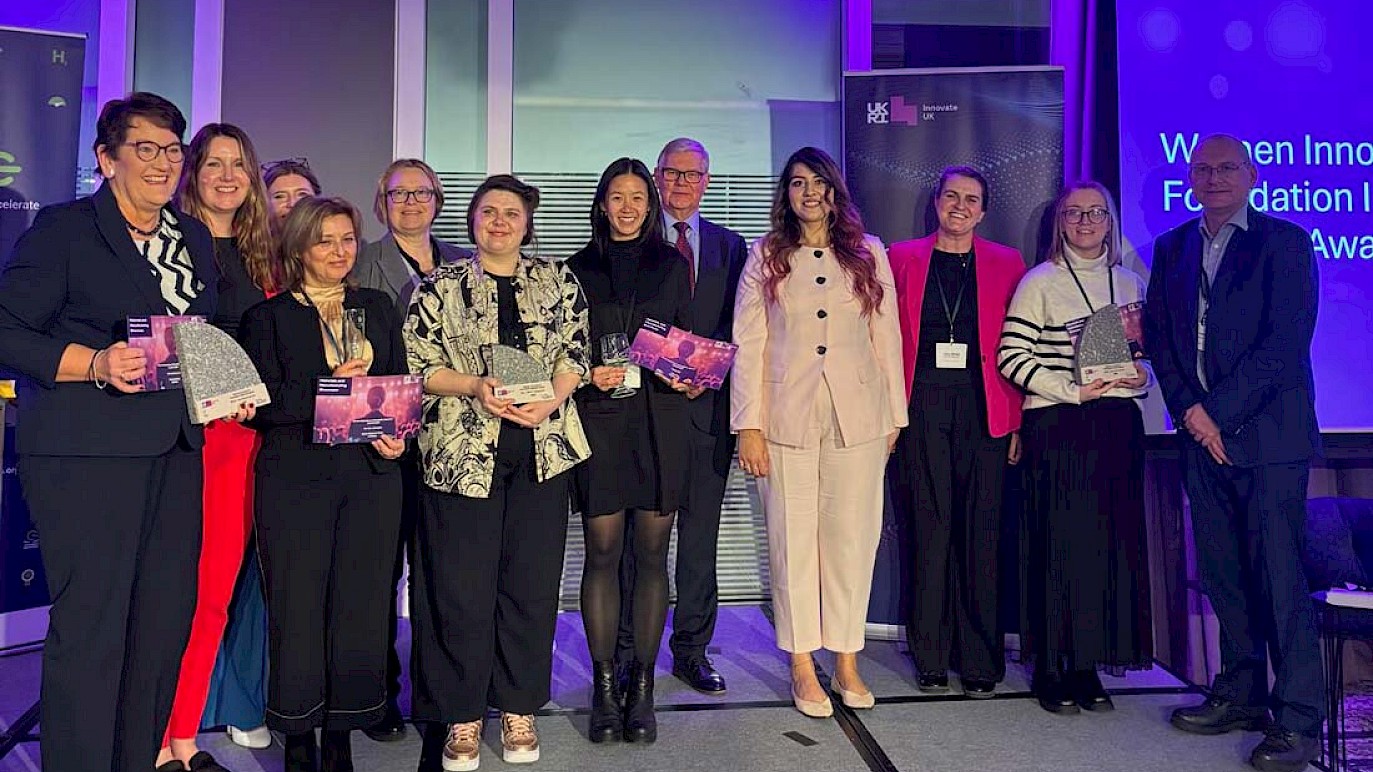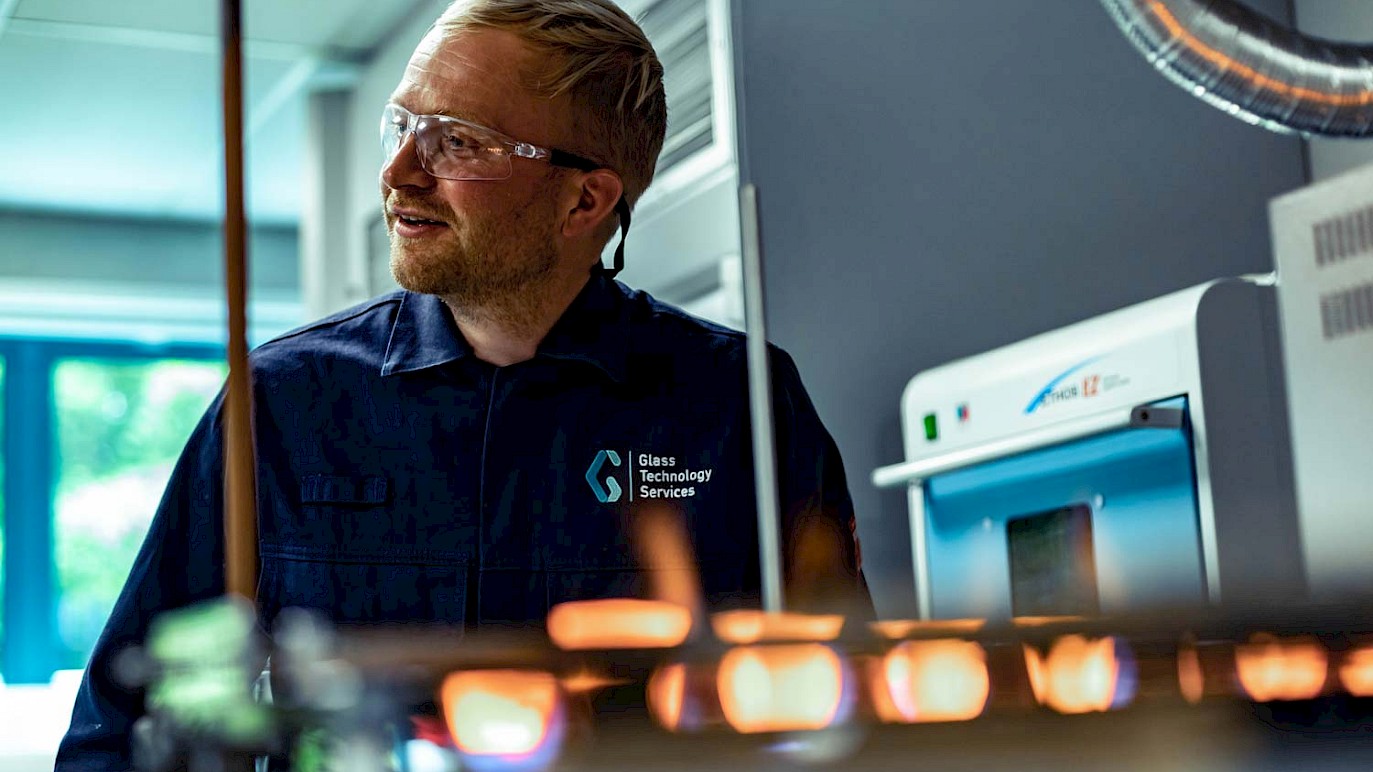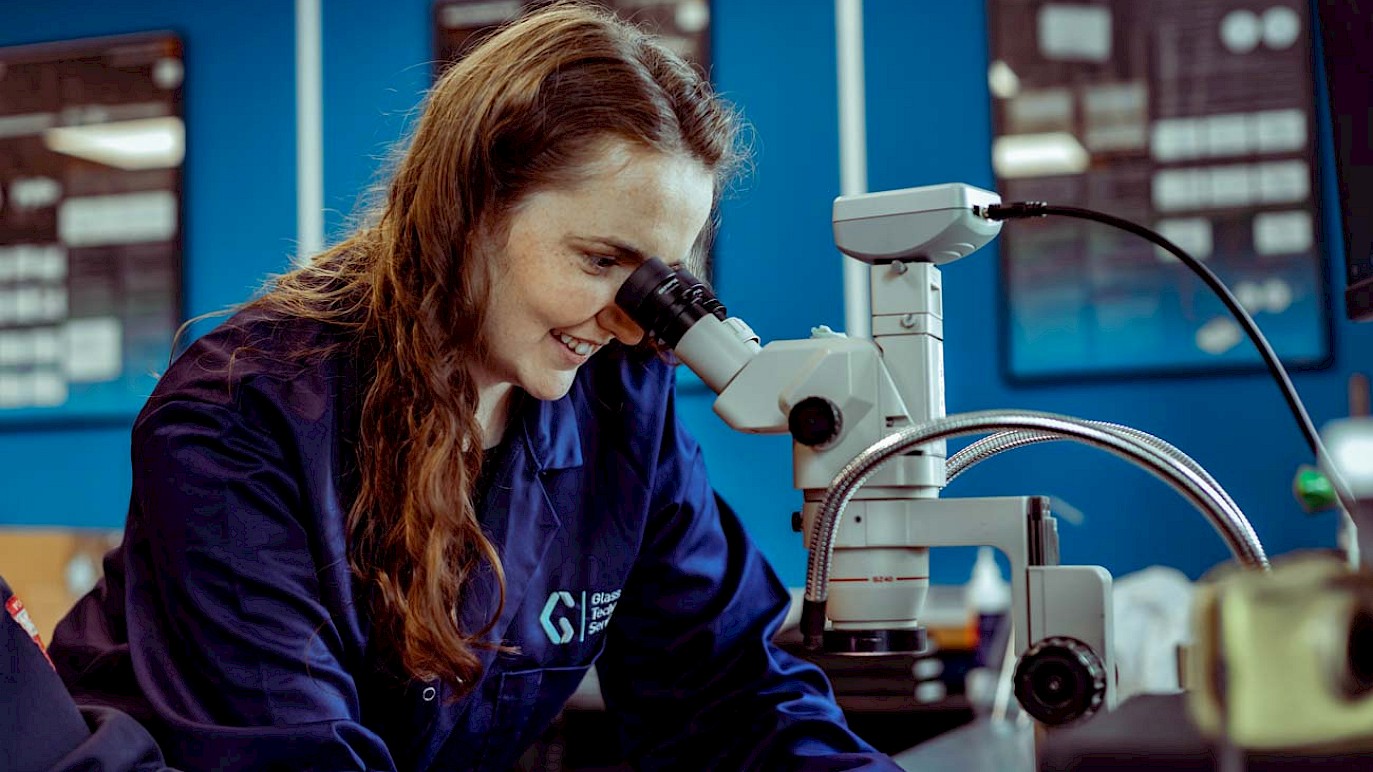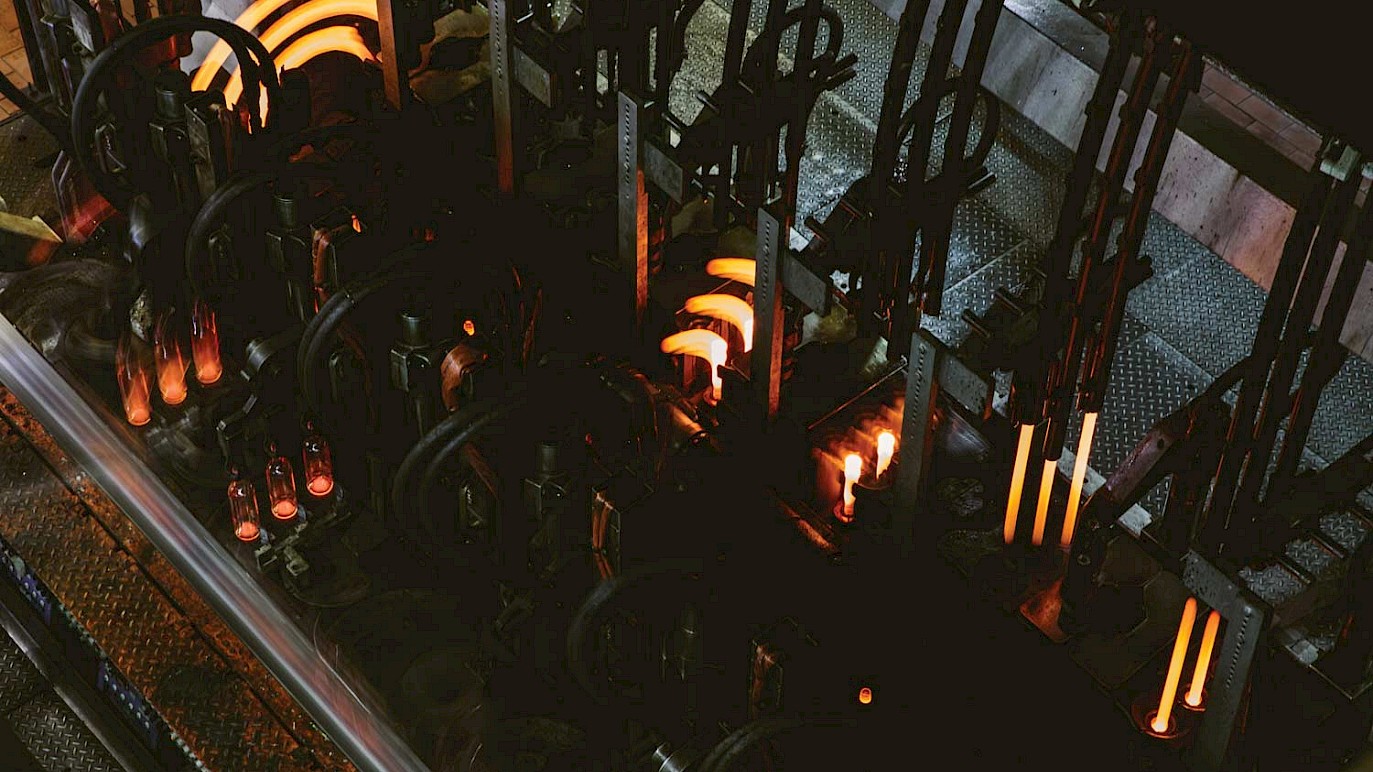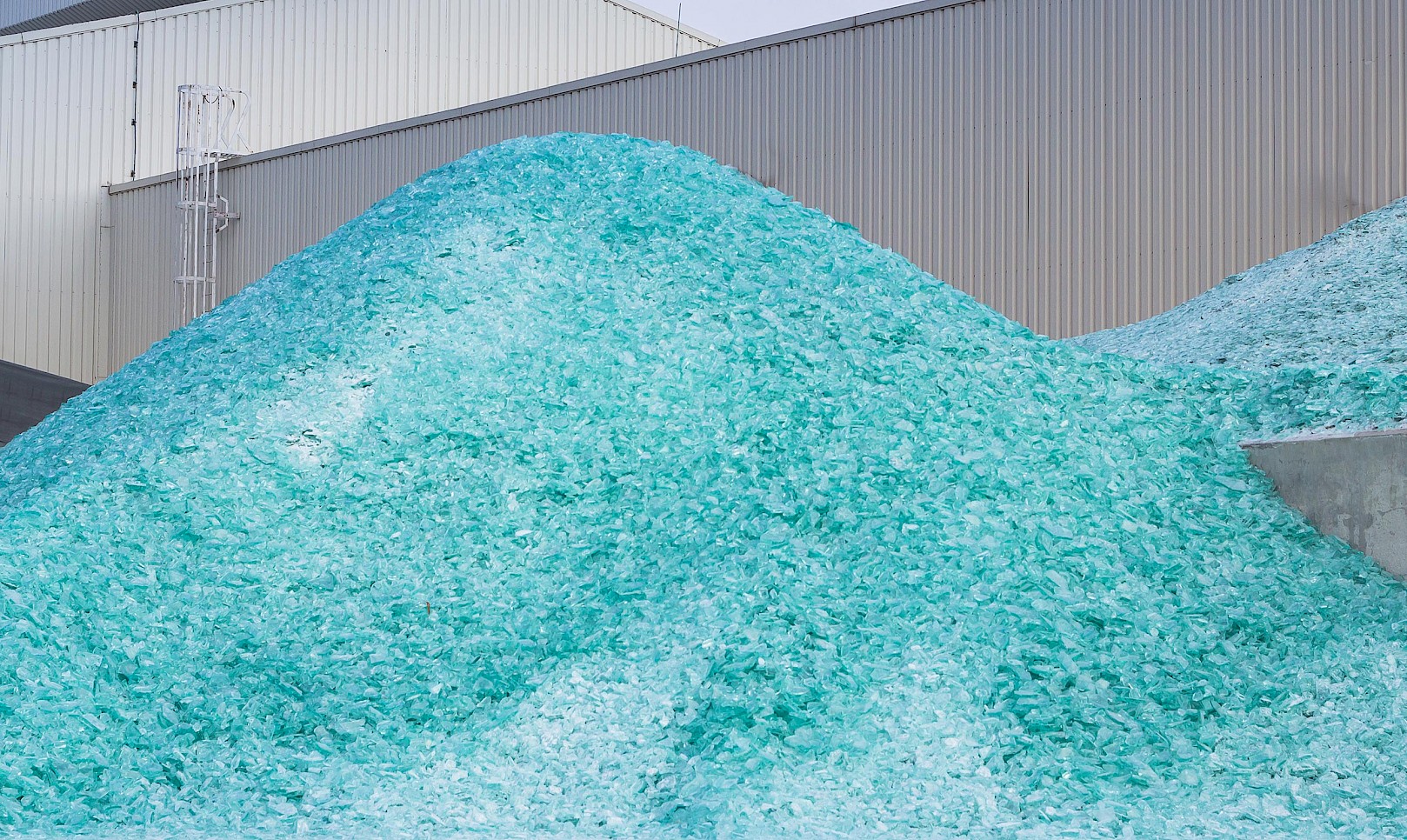
Head of Analytical and Glass Technology, Daniel Capon outlines one challenge affecting the industry and calls for a joined-up approach to finding a solution.
The continued drive to increase glass recycling across Europe in recent years – reaching 70% across the EU this year [1] – can only be applauded since the subsequent growth in the amount of cullet (recycled glass) used by the industry is saving more than 12 million tonnes of raw material and 4 million tonnes of CO 2 emissions annually.
Cullet
The use of cullet reduces raw material and energy costs, as well as the cost associated with the European Emissions Trading Scheme (EU-ETS) across all glass manufacturing sectors. However, if cullet is contaminated, it results in production losses and potentially a negative cost effect on using cullet.
Cullet suppliers are doing their job, but consumers simply do not appreciate the difference between glass that can be recycled and glass that cannot. Understanding the difference between coloured and clear glass is straightforward, but
understanding the difference between different glass types is complex.
Different colours should not be mixed. Most domestic consumers understand that glass used for bottles and jars can be recycled. Container glass - including jars, bottles and other containers - cause no problems when recycled and this forms the majority of cullet.
Other common glass items such as lead crystal, ovenware and drinking glasses cannot be recycled back into flat or other soda-lime-silicate glasses.
Ovenware, typically manufactured using borosilicate glass, may not fully melt in the furnace and can lead to inclusions in the glass, while lead crystal may contaminate glass with unacceptable levels of lead and, in the case of container glass, could potentially fail to meet the requirements of the EU Packaging and Packaging Waste Directive.
Glass Technology Services has been routinely analysing the lead content of container glass manufactured in the UK since the late 1990’s and, although initially there was an increase in lead content from the mid 00’s, the lead content has plateaued.
Small amounts of lead crystal don’t cause a large problem, but the impact is cumulative over time. Wine bottles are typically green glass and the problem was exacerbated by the common use of lead foils. Green glass typically has two to three times the lead content than that of flint (clear) glass, but typically remains below the permitted level of 200ppm heavy metal content.
Pyroceramic problems
More problematic is a type of glass-ceramic known as pyroceramic. The material is used in items that appear to be glass, such as saucepans, cooker tops and wood stove doors, but is not glass by the true definition.
These products cause problems when recycled in established glass recycling schemes. When a consumer disposes of the products, they assume it is glass and so place it into a glass recycling bin. Once it enters the recycling system and is broken into tiny pieces, it is difficult - if not impossible - to separate a pyroceramic particle from the bulk glass.
Therefore, it is probable that a small pyroceramic particle will not be detected and removed during cullet processing and so enters the furnace and causes an inclusion defect in the final product. A single pyroceramic saucepan could potentially be broken into thousands of pieces and each piece will result in an inclusion. It is not uncommon for an outbreak of pyroceramic inclusions to result in production losses up to 5% and it can take a few days for the pyroceramic particles to be flushed through the furnace.
Although a manufacturer’s inline inspection equipment should reject a product with an inclusion, if this reject product is returned via the factory’s internal cullet recycling system, it could be returned to the furnace to go back round the cycle and continue to contribute to production losses.
This also poses serious potential issues for the flat glass industry where glass is produced as a continuous ribbon. The resulting inclusions, which are highly stressed, can cause cracks the length of the ribbon - damaging large lengths of glass and possibly cause blockages in, or damage to, the production machinery.
The challenge is to educate consumers as well as the supplychain itself to recognise the different glass types and understand whether or not they are recyclable.
Education
Glass Technology Services is called upon by manufacturers to advise in such circumstances and analyse inclusions. It often, unfortunately, leads to the recommendation to quarantine the affected products as allowing the inclusions to re-enter the cullet stream would prolong the problem. It would be better if it hadn’t entered the recycling process in the first place.
As I said in the beginning, it’s easy to blame the cullet suppliers, but this misses the point. Once any ‘rogue’ glass hits the recycling process, it becomes virtually impossible to visually identify. We need to come together, with the supply chain, local authorities and consumer groups, to decide how we are going to tackle this problem.
Cullet contamination is an extensive issue affecting glass production in all countries striving to increase the recycled content of their glass. Continuing to undertake analysis without sharing the findings, will not solve the problem.
Campaigns, such as the Friends of Glass campaign [2] led by the container industry, have engaged and educated consumers, but there is still a long road ahead. We need to educate the public at kerbside and help people to understand that there are different types of glass. The whole industry needs to work together to meet that challenge.
Reproduction of this published material is provided courtesy of Glass International. Published in Glass International August 2013.
[1] Source: FEVE – The European Container Glass Federation, www.feve.org
[2] Friends of Glass, www.friendsofglass.co.uk , is a consumer group created by the European glass container industry that supports and promotes the right for consumers to be able to choose food and drink products in glass packaging.
